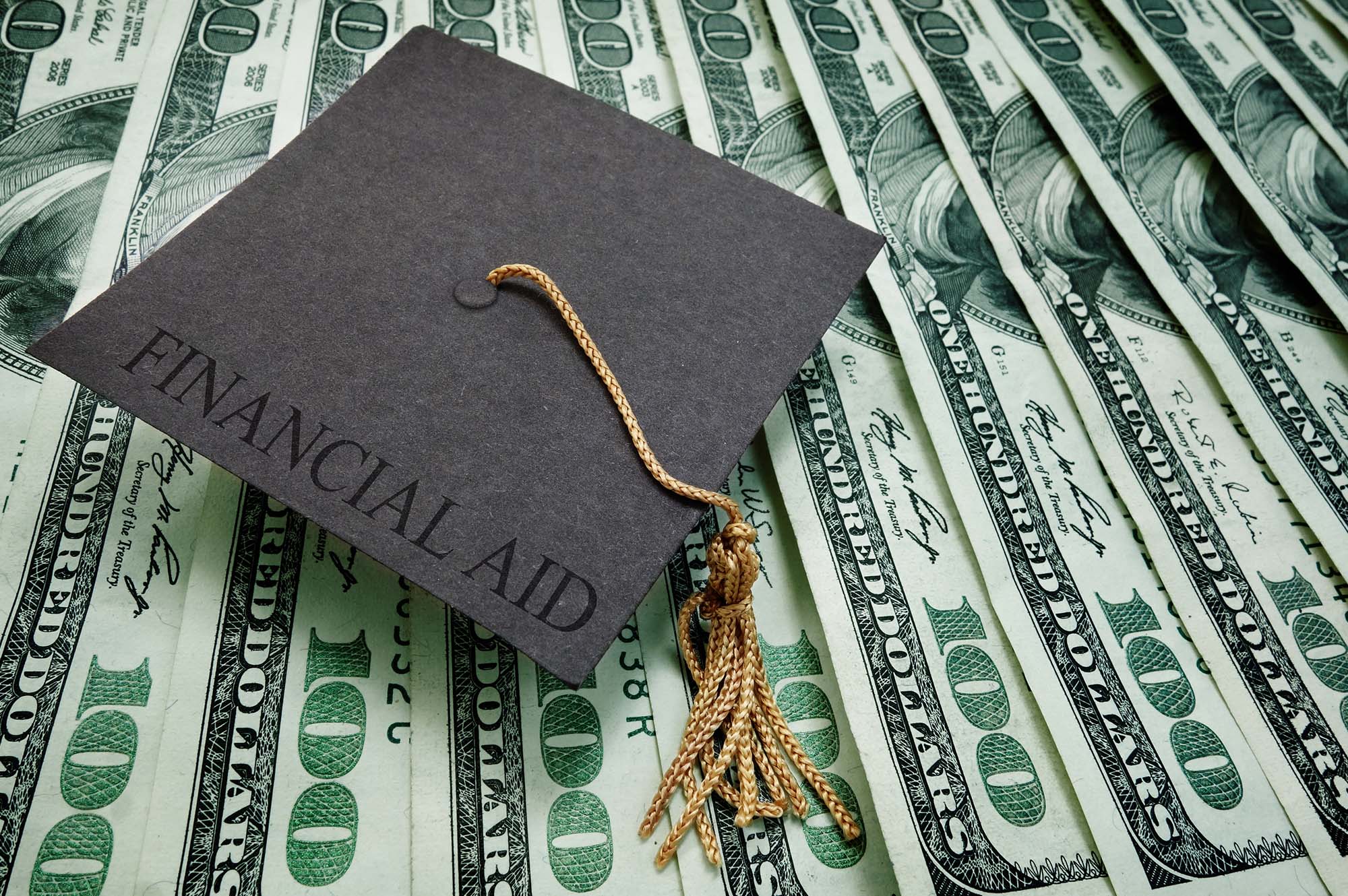FAFSA
- Home
- FAFSA

The Free Application for Federal Student Aid, commonly referred to as FAFSA, is a form that students and their families can fill out to determine their eligibility for financial aid for college or career school. This financial aid can come in the form of grants, scholarships, work-study, and federal student loans.
FAFSA is used by the U.S. Department of Education to determine a student’s Expected Family Contribution (EFC), which is the amount of money a student and their family are expected to contribute to their education. The EFC is based on factors such as income, assets, family size, and the number of family members attending college. Once the EFC is determined, it is used to determine the amount of financial aid a student is eligible to receive.
The FAFSA is available online at fafsa.ed.gov and can be filled out for free. It is recommended that students fill out the FAFSA as early as possible, as some financial aid programs have limited funds and are awarded on a first-come, first-served basis. The FAFSA becomes available on October 1 each year and the deadline to submit it varies depending on the state and school.
To apply for FAFSA, students and their parents will need to gather information such as Social Security numbers, federal income tax returns, W-2s, and bank statements. Students who are considered independent, meaning they are not financially supported by their parents or guardians, will only need their own financial information.
Once the FAFSA is submitted, the student will receive a Student Aid Report (SAR) which includes the EFC and a summary of the information provided on the FAFSA. The SAR will also be sent to the schools listed on the FAFSA, and the schools will use the information to determine the student’s financial aid package.
It’s important to note that FAFSA is not the only form of financial aid available for students. Private scholarships, grants, and loans from private lenders may also be available. However, it is recommended that students exhaust all federal financial aid options before turning to private loans, as federal loans often have lower interest rates and more flexible repayment options.
In addition to federal aid, some states also offer financial aid programs for residents. Students should check with their state’s higher education agency to see if they qualify for any state-specific financial aid programs.
It’s also important for students to understand the terms and conditions of their financial aid package. Grants and scholarships typically do not need to be repaid, while loans will need to be repaid with interest. Work-study programs provide part-time jobs for students to help offset the cost of their education.
In summary, FAFSA is a crucial step in the financial aid process for college and career school. It is important to fill out the FAFSA as early as possible and to have all necessary information ready. Students should also explore all federal and state aid options, as well as private scholarships and loans. Understanding the terms and conditions of the financial aid package is also important to ensure responsible borrowing and repayment.
This Content Was AI Generated